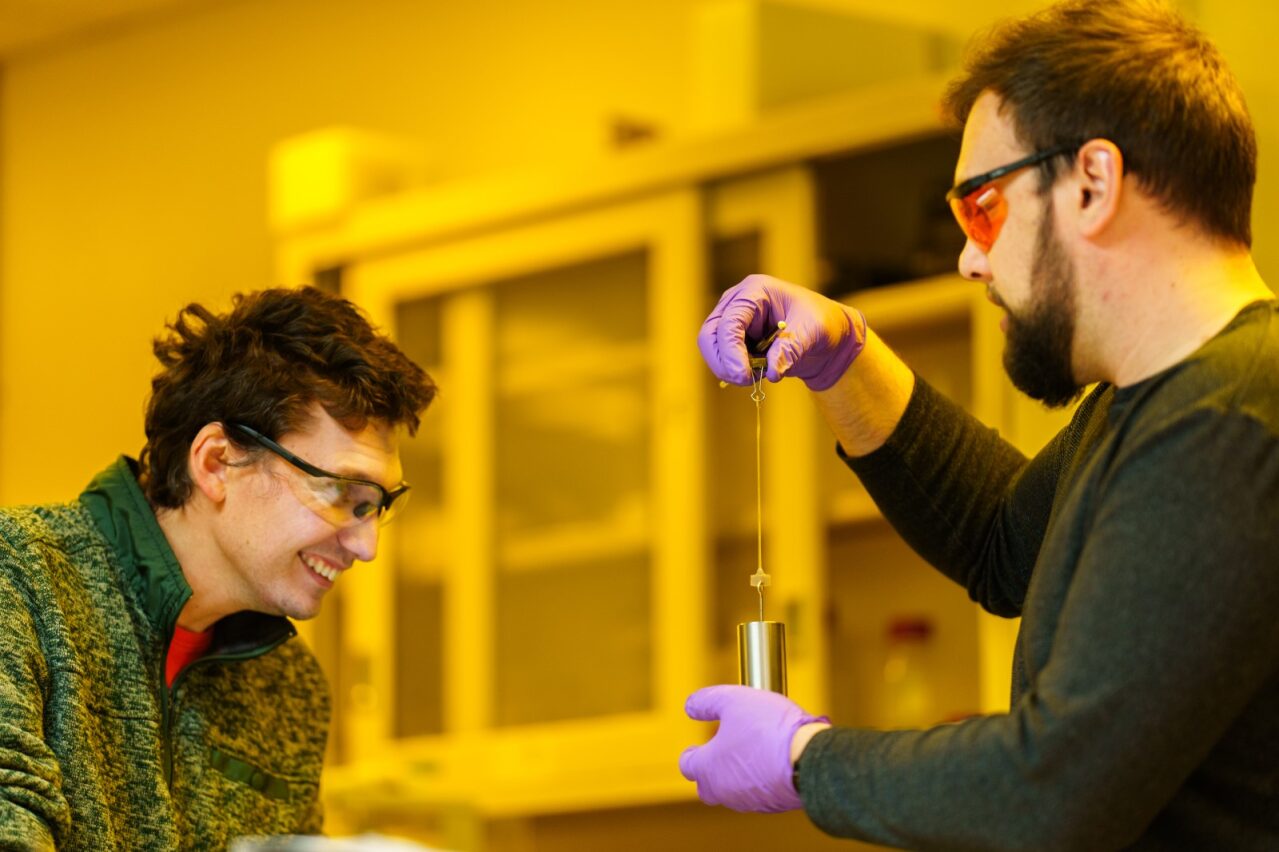Filamentos estelares fantasmales capturados con la imagen de DECam más grande jamás publicada
NSF's NOIRLabCon la poderosa Cámara de Energía Oscura (DECam por sus siglas en inglés) de 570 megapíxeles, fabricada por el Departamento de Energía de Estados Unidos, los astrónomos han construido una imagen gigante de 1,3 gigapíxeles que muestra la parte central del remanente de Supernova Vela, un cadáver cósmico de una gigantesca estrella que explotó como una supernova. DECam es uno de los instrumentos de imágenes de campo amplio más productivos del mundo y está montada en el Telescopio de 4 metros Víctor M. Blanco de la Fundación Nacional de Ciencias de EE.UU en el Observatorio Interamericano Cerro Tololo en Chile, un Programa de NOIRLab de NSF.











































